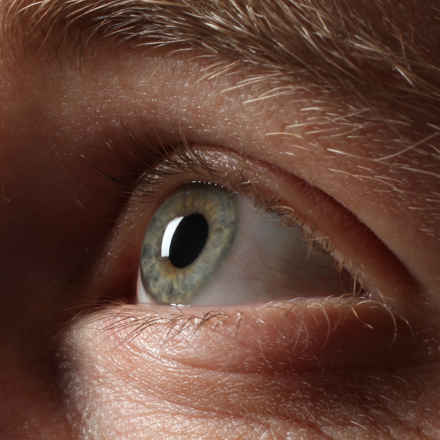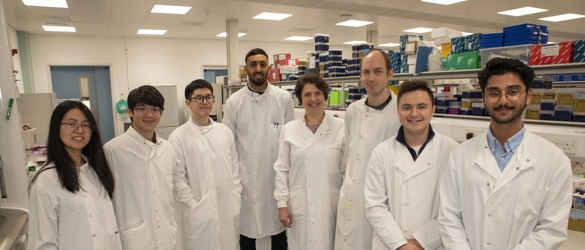How eye adaptation to darkness could lead to quicker AMD treatments

Dr Alison Binns, City, University of London- £233,862
Understanding why our eyes adapt differently to the dark may pave the way for quicker AMD treatments
What’s the problem?
In order to quicken development of new treatments for age-related macular degeneration (AMD), sensitive ways of measuring changes in vision are required, especially for trials. The speed at which eyes recover sensitivity after exposure to a bright light, known as dark adaptation, has been proposed as one of these ways. However, speed of dark adaptation is variable, even between people with the same stage of AMD.
What are they doing?
This new project aims to investigate the effect of the structural features of AMD on the speed of dark adaptation. These structural features can include the build-up of cell waste deposits, known as drusen, as well as physical changes in the cells and cell layers. These structural features of AMD occur in the back of the eye (the retina) and can impact a tiny, yet very important, region known as the macula, which is needed for central and fine detail vision, as well as colour vision. This project will try to determine whether dark adaptation gets worse more rapidly over time in retinal areas containing specific structural features of AMD.
How can this help?
The study could help to develop a sensitive way of measuring changes in vision, which would be useful in clinical trials. By allowing researchers to target areas of the retina where dark adaptation is most affected, and with greatest vulnerability to AMD changes over time, it could help speed up future trials investigating new treatments for AMD.
See our other projects
Since 1987 the Macular Society has invested around £10 million in over 100 research projects.
Explore more research
Beating macular disease through funding medical research and improving the lives of those living with macular disease.




